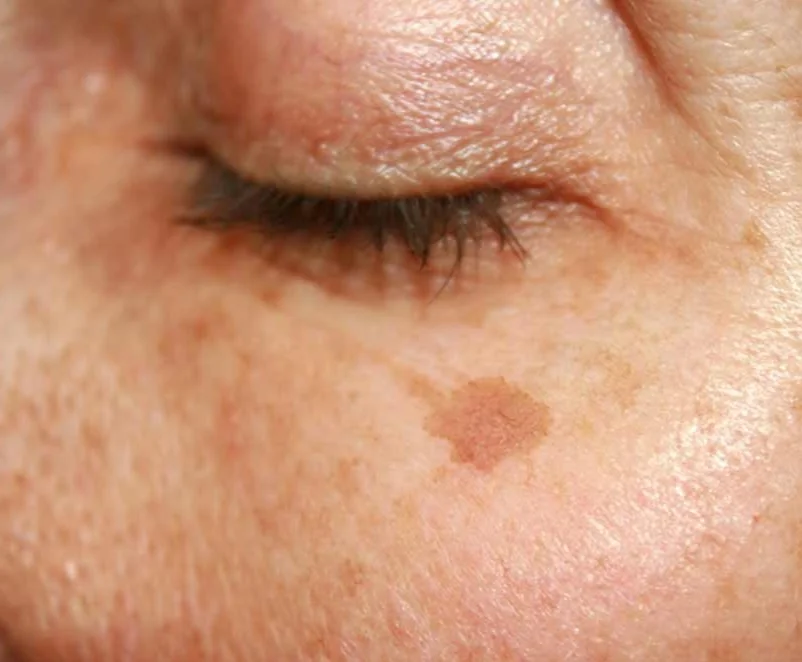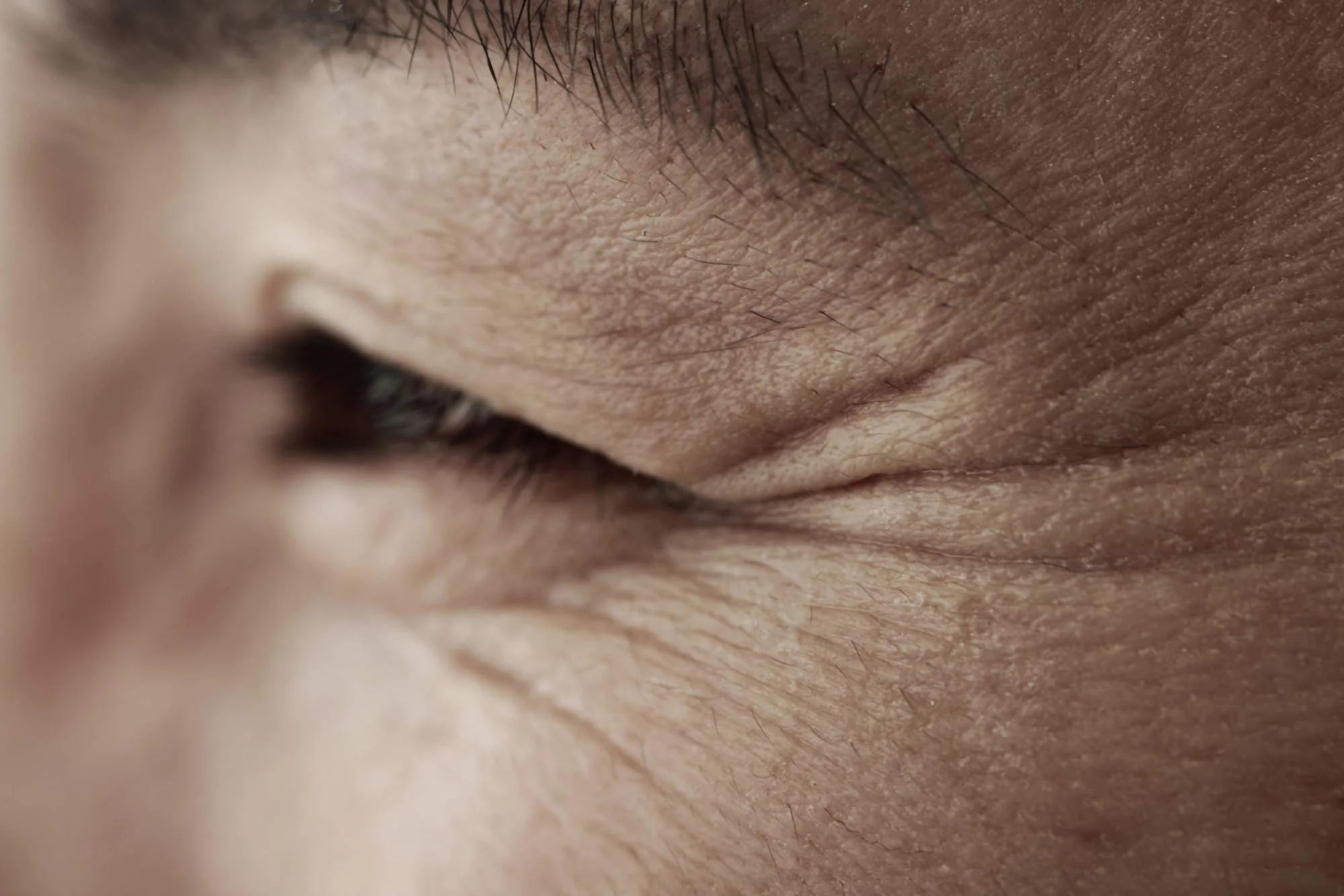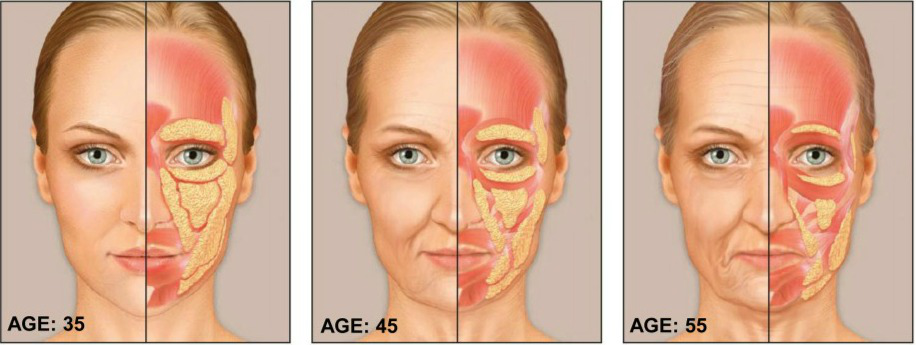This is part of a 4 part blog on dark eye circles
What they are and why we have them
It's important to first understand the anatomy of the eye. Eyelid skin is one of the areas where the skin is the thinnest in the body. So essentially you have very thin delicate skin sitting over a hollow structure around the eyes where you have bone, blood vessels, muscles (but interestingly no fat!). So, there is no easy fix but there is a lot you can do once you understand what you are dealing with.
There can be dark blood vessels, which are visible through the skin. Then there's the skin itself, which can be thicker and opaque, or thinner and translucent. Then there's the surface of the skin, which can be dark with increased pigmentation. Many of these factors can be genetic, a result of your body's development, and environmental.
We outline some of the causes below:
Aging
Dark circles and puffy eyes are typically associated with aging. These signs also make you look exhausted and stressed. Several factors can contribute to the problem and women are more prone to getting raccoon eyes than men. Here are the typical reasons why you may find yourself struggling with an arsenal of concealers each morning.
Some women have a facial structure with naturally deep-set eyes, high cheekbones, and full cheeks. As they age and the layer of collagen in the skin starts to wear away, the tear troughs seem to get deeper. With light reflecting off the blood vessels in the thinning under-eye area, the skin seems darker.
Aging is a major cause of dark circles because in addition to the weakened collagen, the muscles, ligaments, and reserves of fat in the face start to erode. For this reason, you also start to see lines and wrinkles on the corners of the eyes, nasolabial folds, and creases between the brows.
If you’re genetically inclined to having dark circles, you may end up noticing this skin flaw more frequently or at a younger age (look at family photos of your parents). Some people are born with under-eye circles, and that falls into the hereditary category. They're born with thinner, paler skin with more pigment under their eyes, and/or slower vascular movement.
Sun
Sun exposure can also cause pigmentation and saggy bags under the eyes. That’s because the harsh UV rays of the sun penetrate through the outer layers of the skin and destroy the delicate cells underneath.
Losing weight
Significant weight loss (bone loss and volume loss)
Allergies
Seasonal allergies, colds, and sinus infections lead to a concentration of fluids in your face. And, these fluids are more likely to collect in the thinner skin around the eyes. If you’ve been crying, that could also add to the problem.
Pigmentation
Excess pigmentation around the eyes
Edema
Dilated blood vessels leading to infraorbital edema ("swelling/puffiness") from inflammation
Skin
Dry irritated skin
Fat pads
Protrusion of fat pads ("bags under the eyes"
Lifestyle
Your lifestyle choices and decisions could be causing or increasing the problem. Here are the main offenders:
Inadequate sleep and the stress resulting from fatigue lowers the blood supply, oxygen, and nutrients to the area around the eyes. As a result, the skin loses its elasticity and starts to sag and form bags.
A diet high in sodium can cause water retention in your body. Given that the skin under the eyes is thinner than other areas of the body, it is more likely to reflect the excess fluids. Compound the problem with weakened elasticity and your eyes may seem more baggy than usual.
Sleeping with eye makeup on can irritate your eyes making them water. As a result, you might notice redness and puffiness.
Smoking constricts the blood vessels in the skin so it receives less of nutrients and starts to show signs of damage.
Sun damage
Allergy shiners (rubbing the eyelid skin due to allergies)
Dehydration










There are five professional treatments available to tackle dark eye circles….